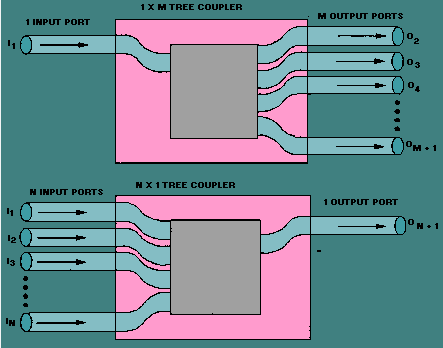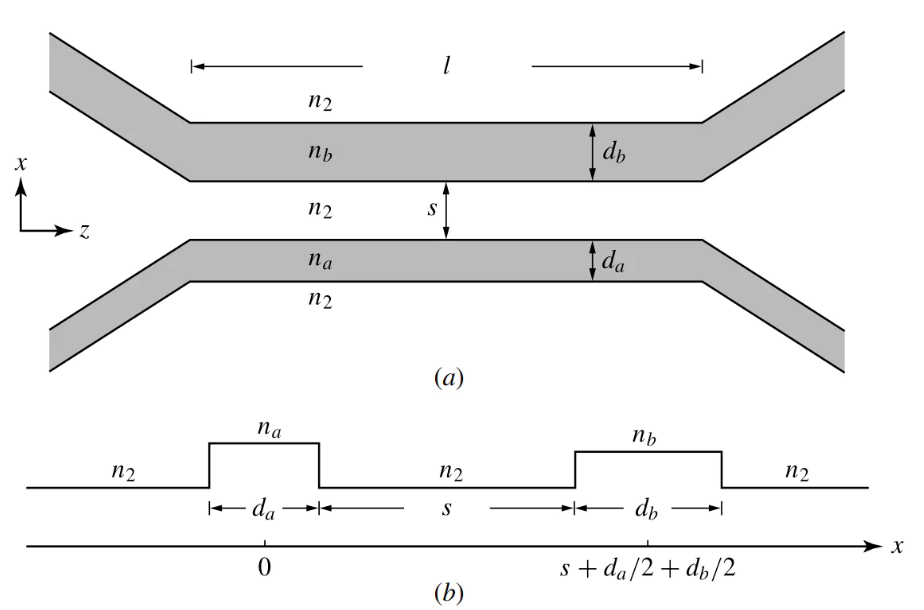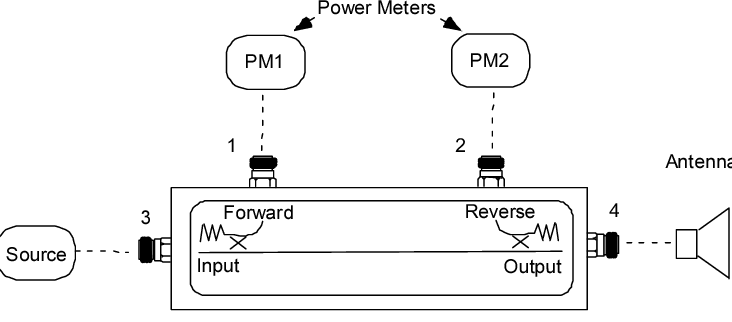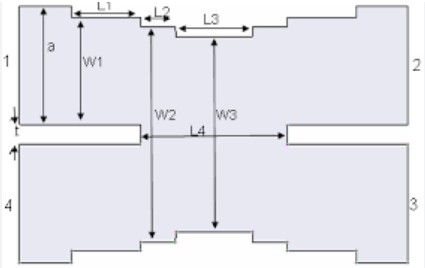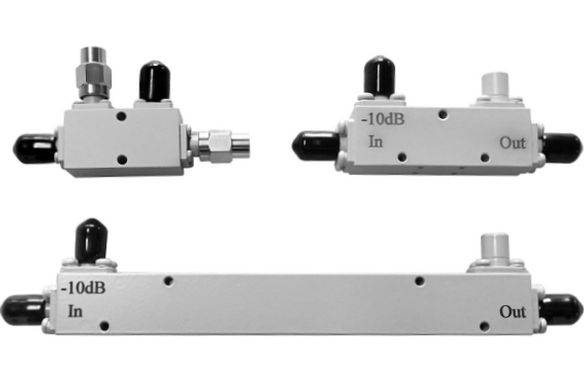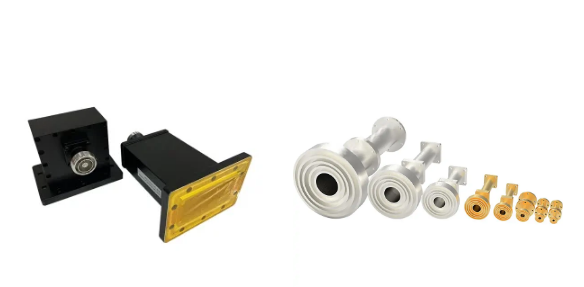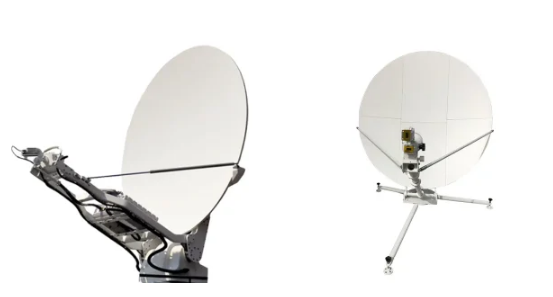What is the difference between directional coupler and splitter
The core difference between directional couplers and distributors lies in their functions: directional couplers (such as 20dB coupling degree, 30dB directivity) unidirectionally couple part of the signal for monitoring, and the main path loss is only 0.5dB; distributors (such as 2-way, insertion loss 3dB) evenly distribute the signal to multiple ports, with an isolation of […]
What is the difference between directional coupler and splitter Read More »

